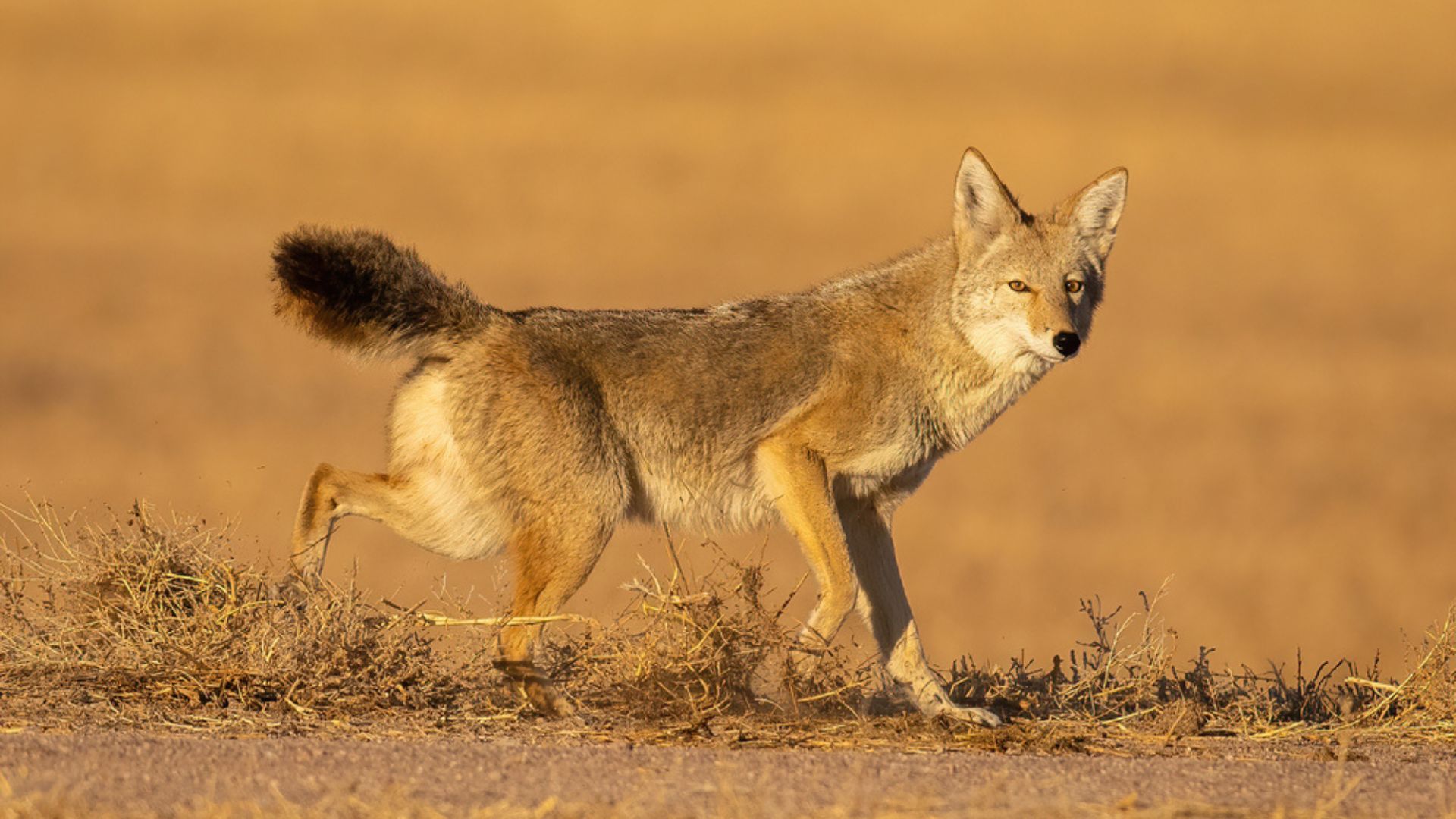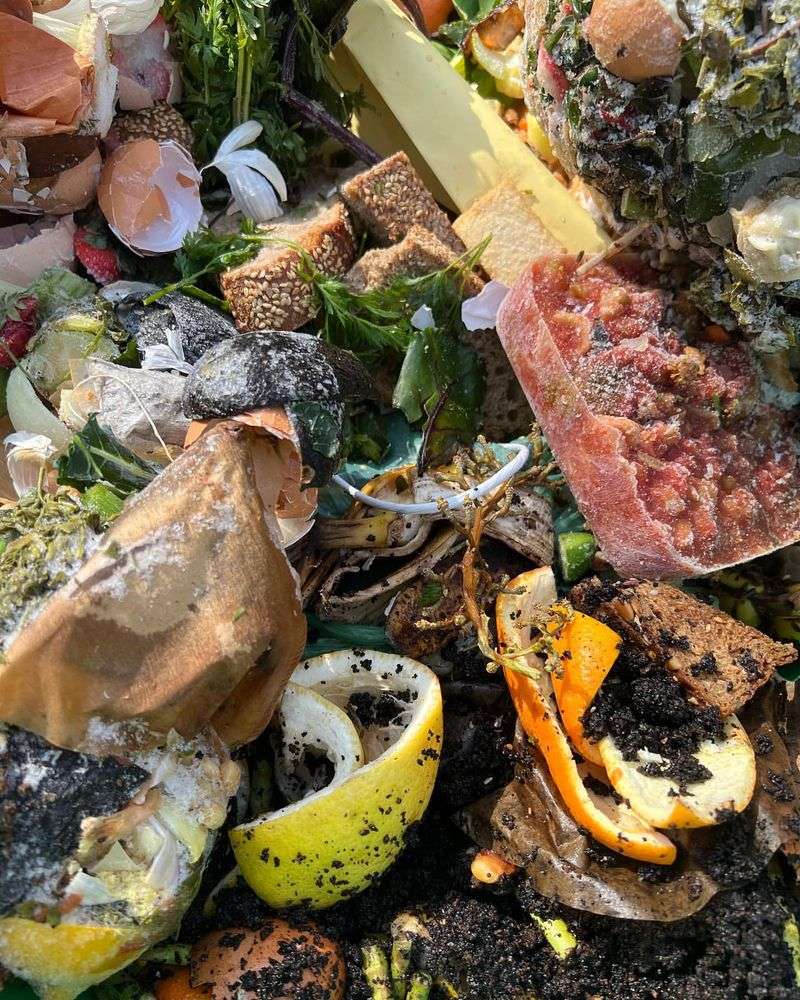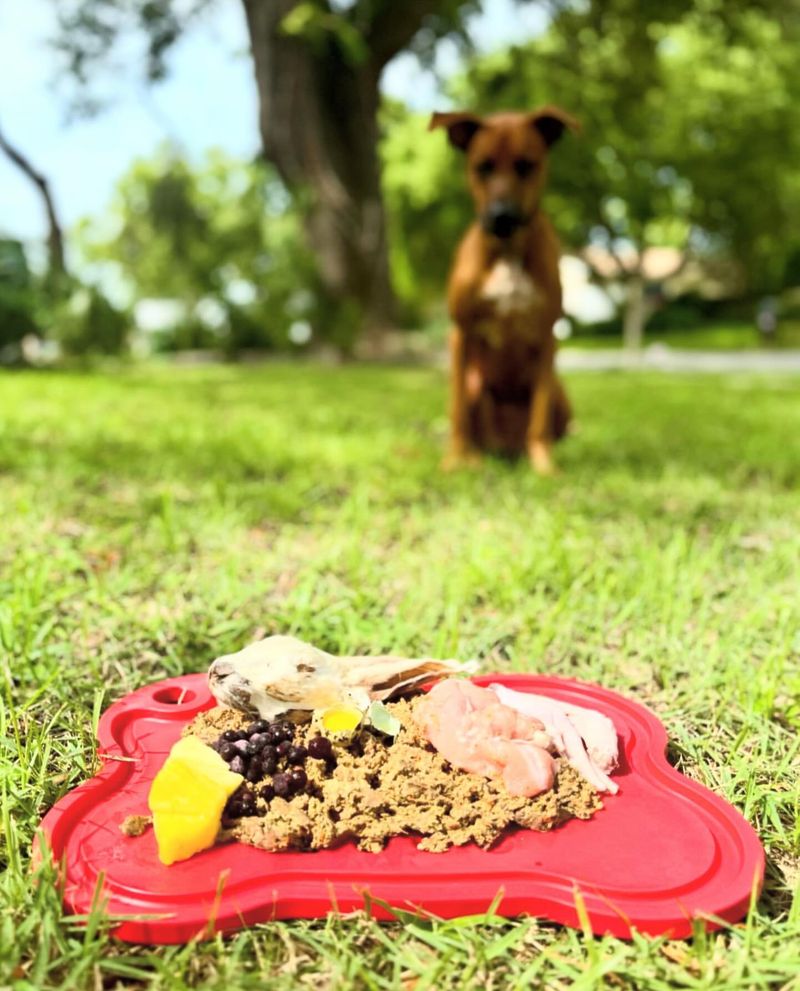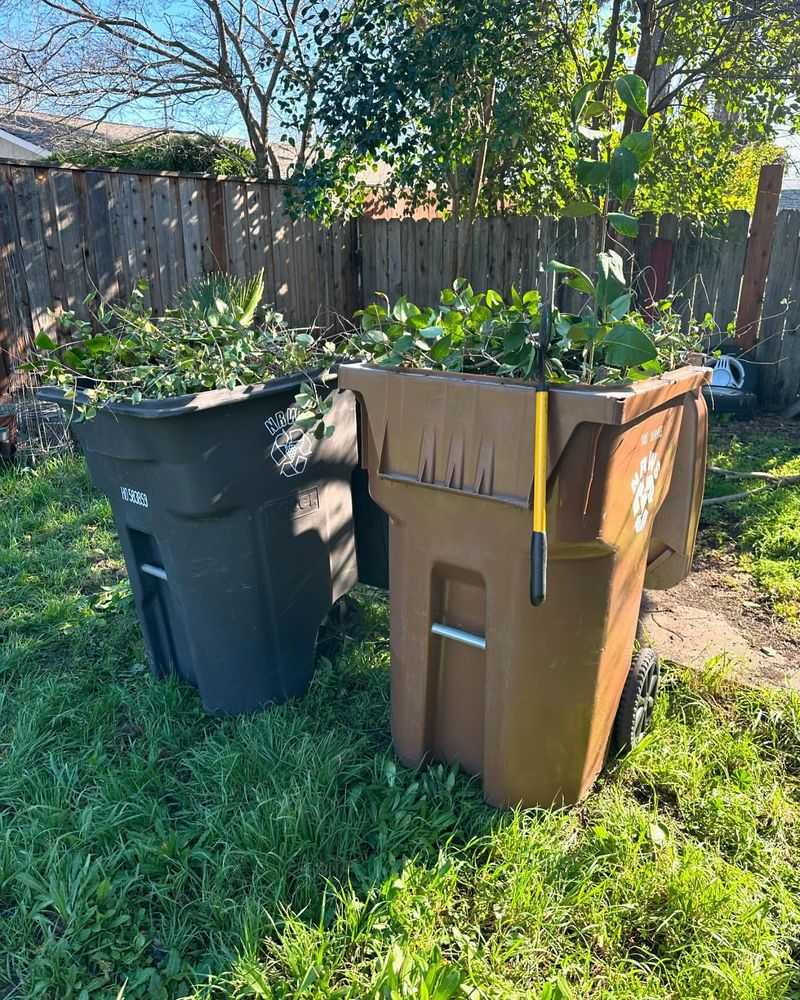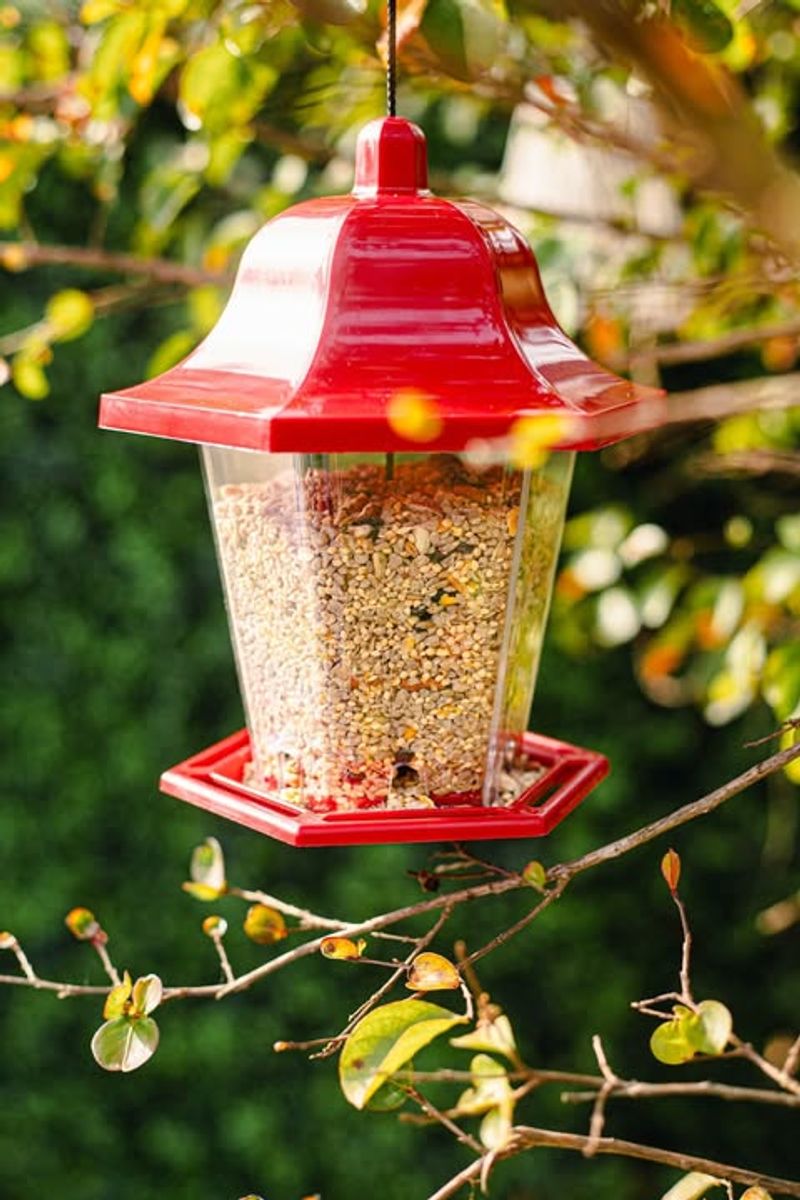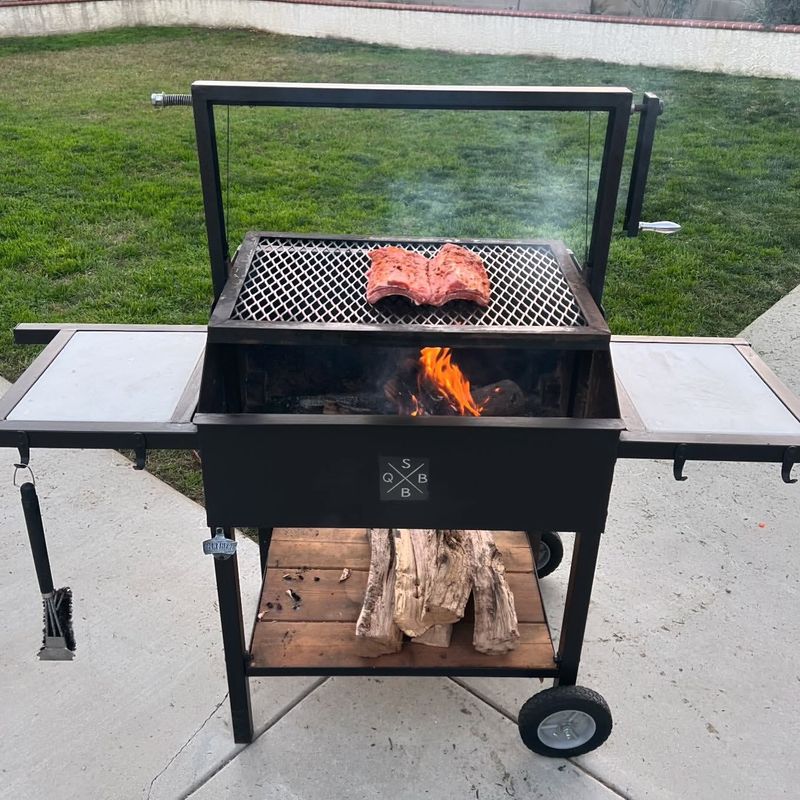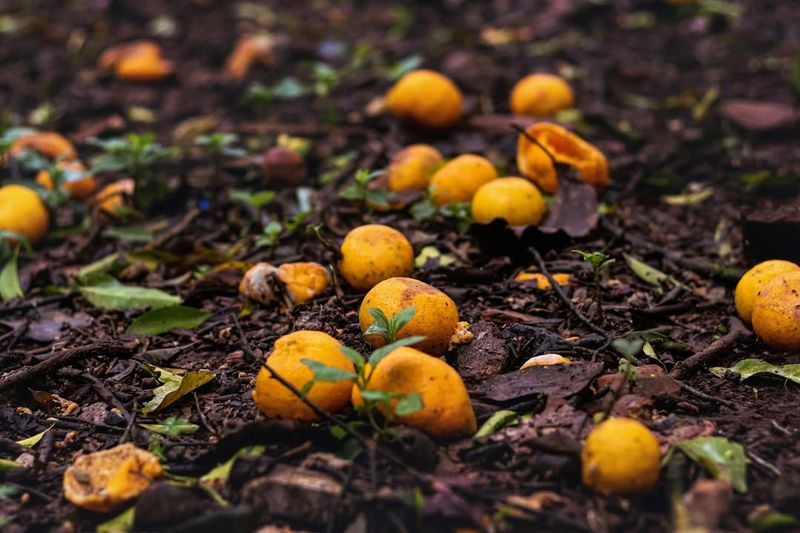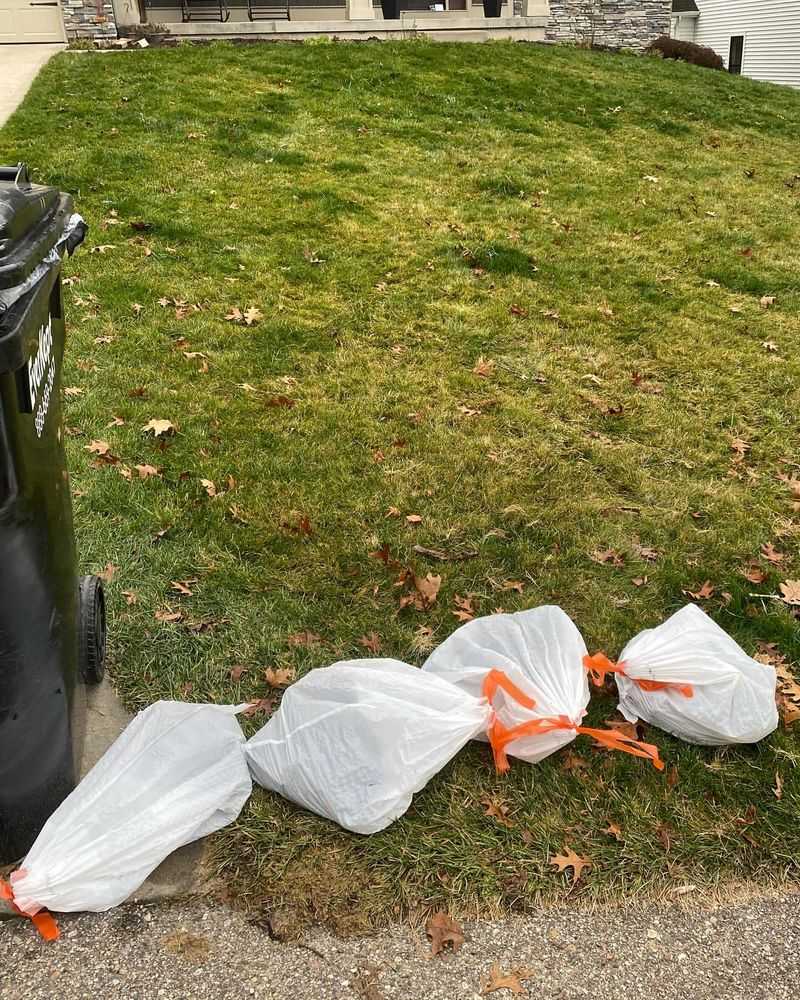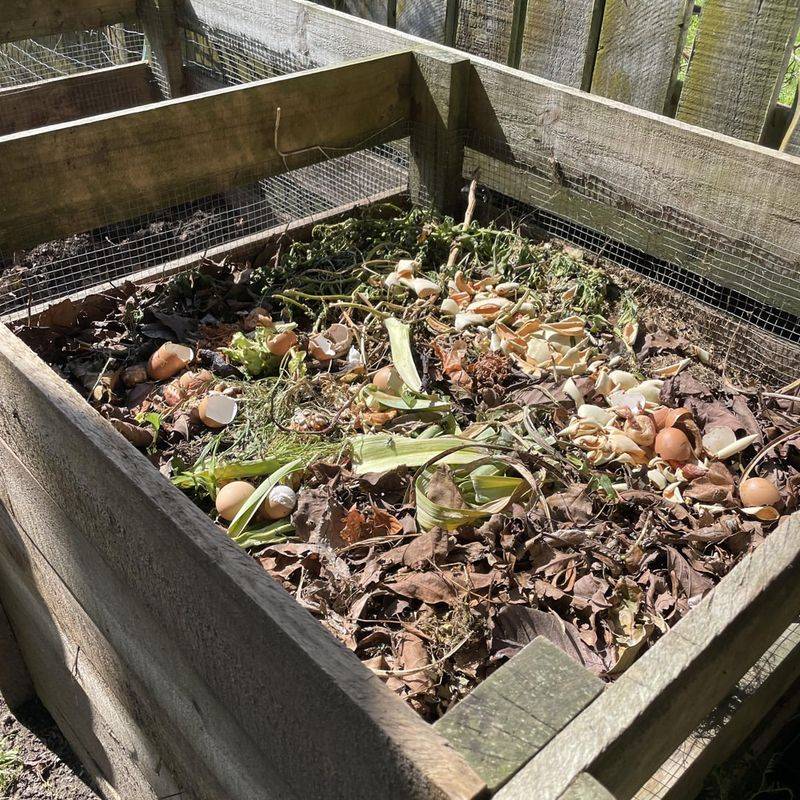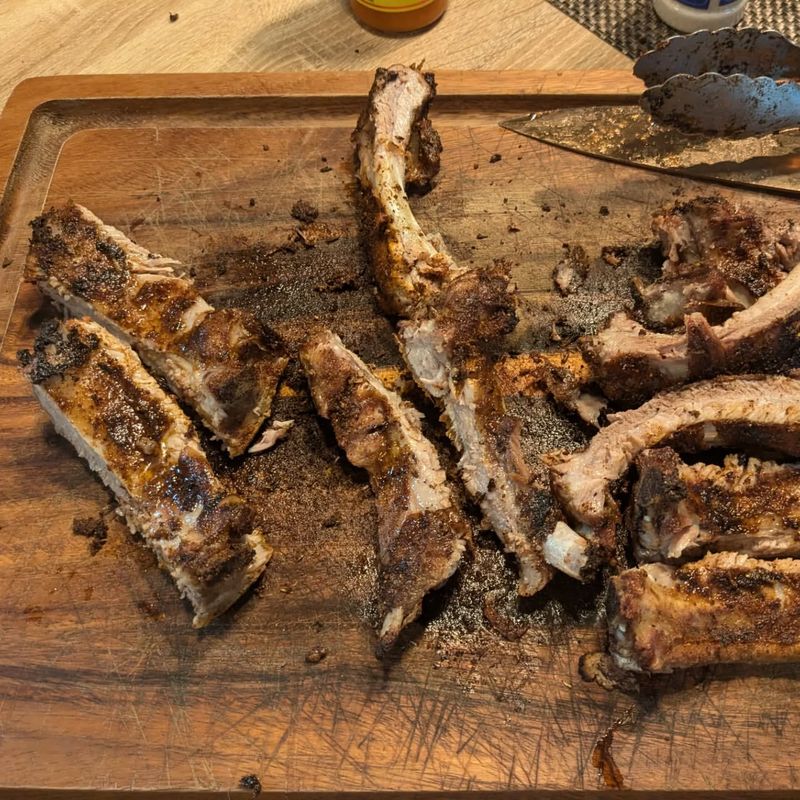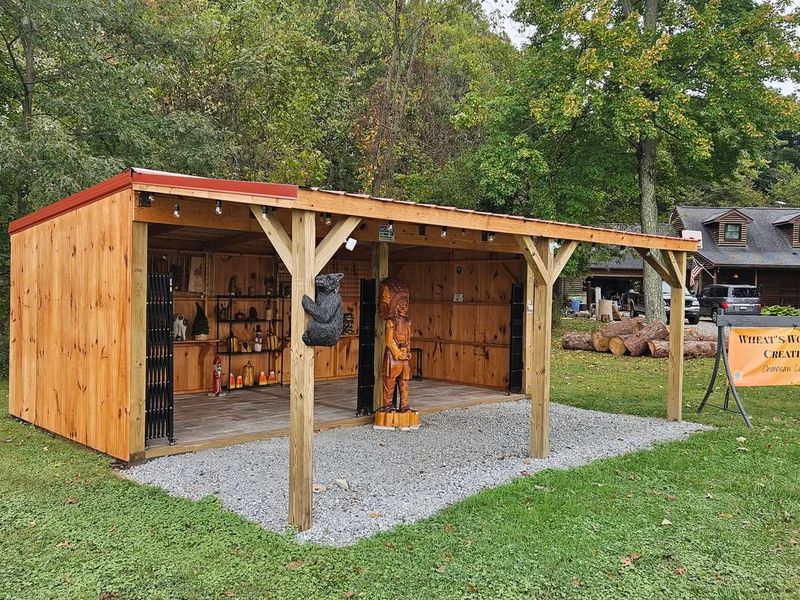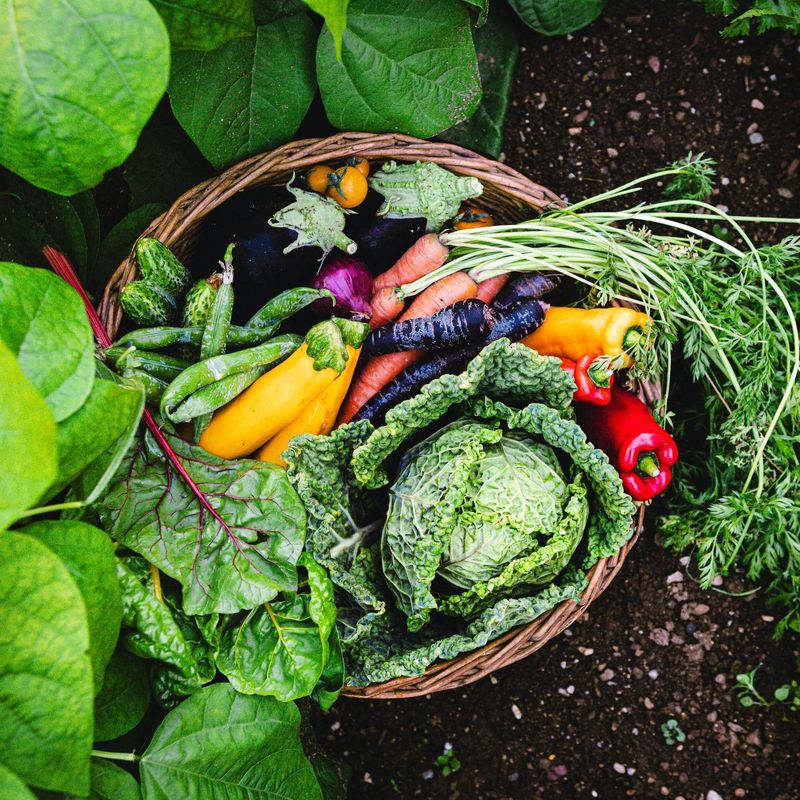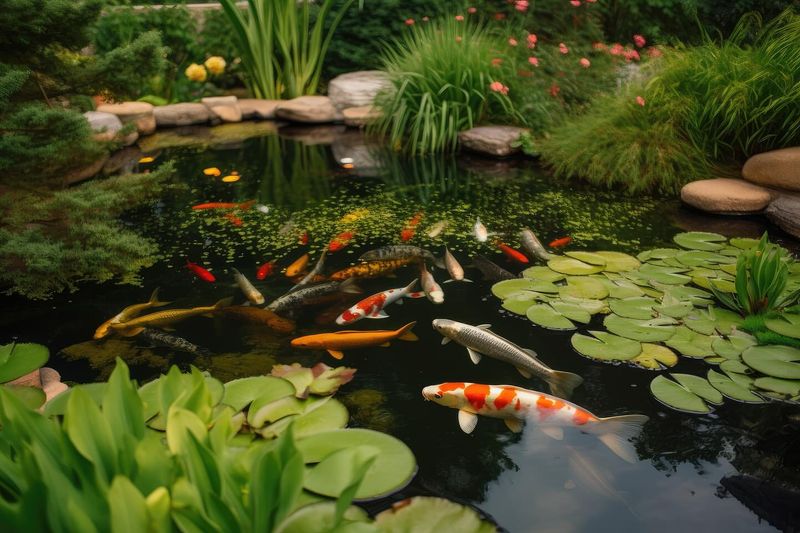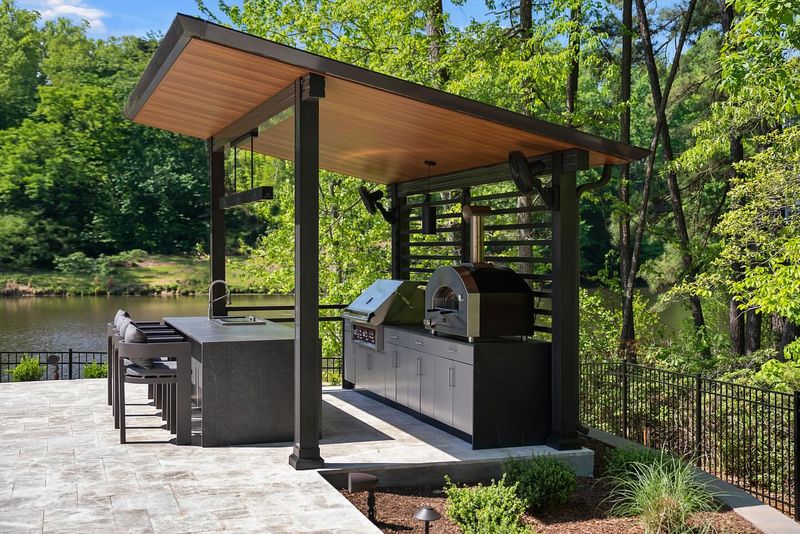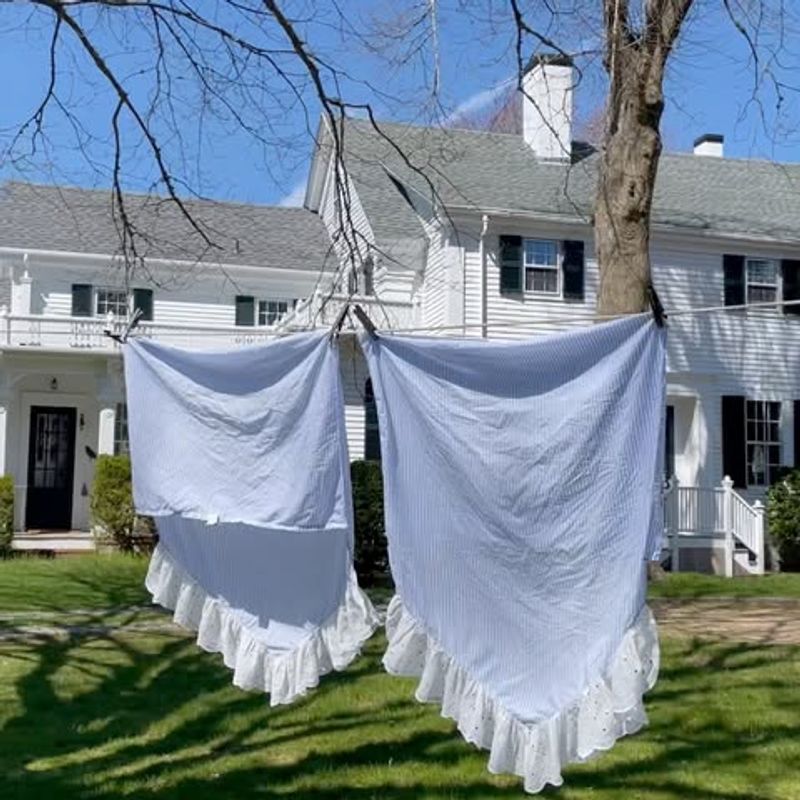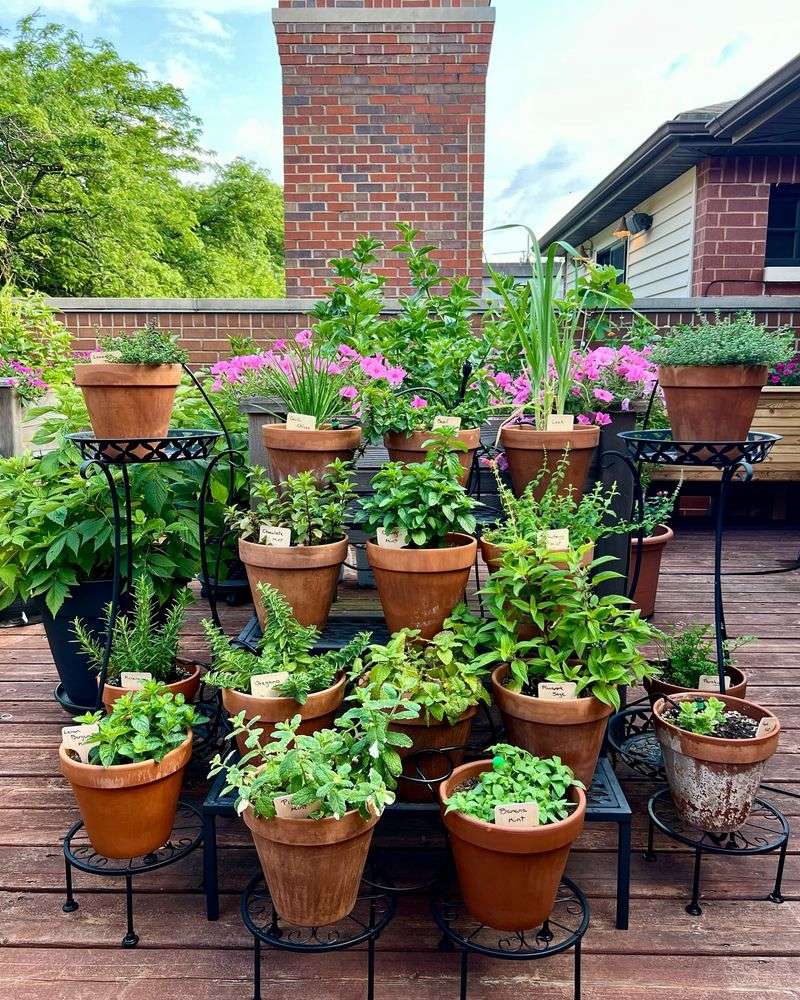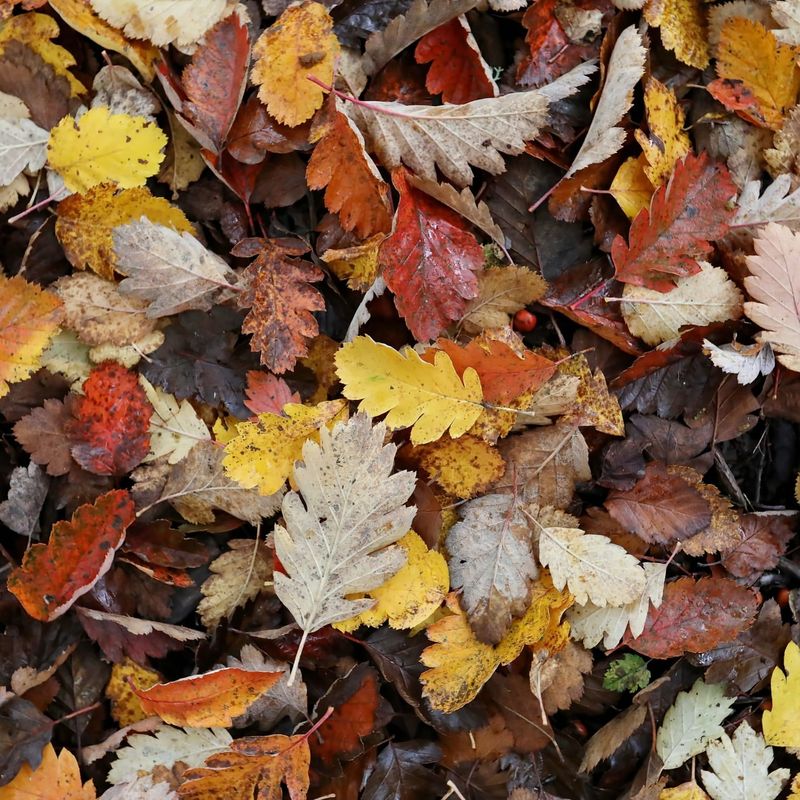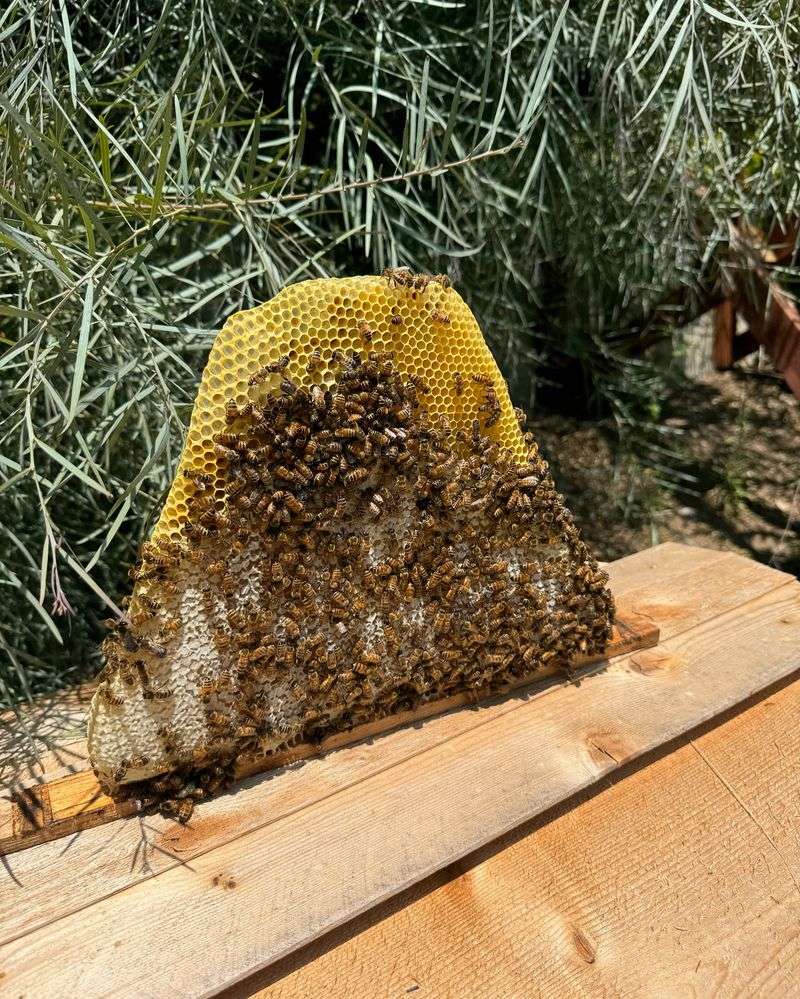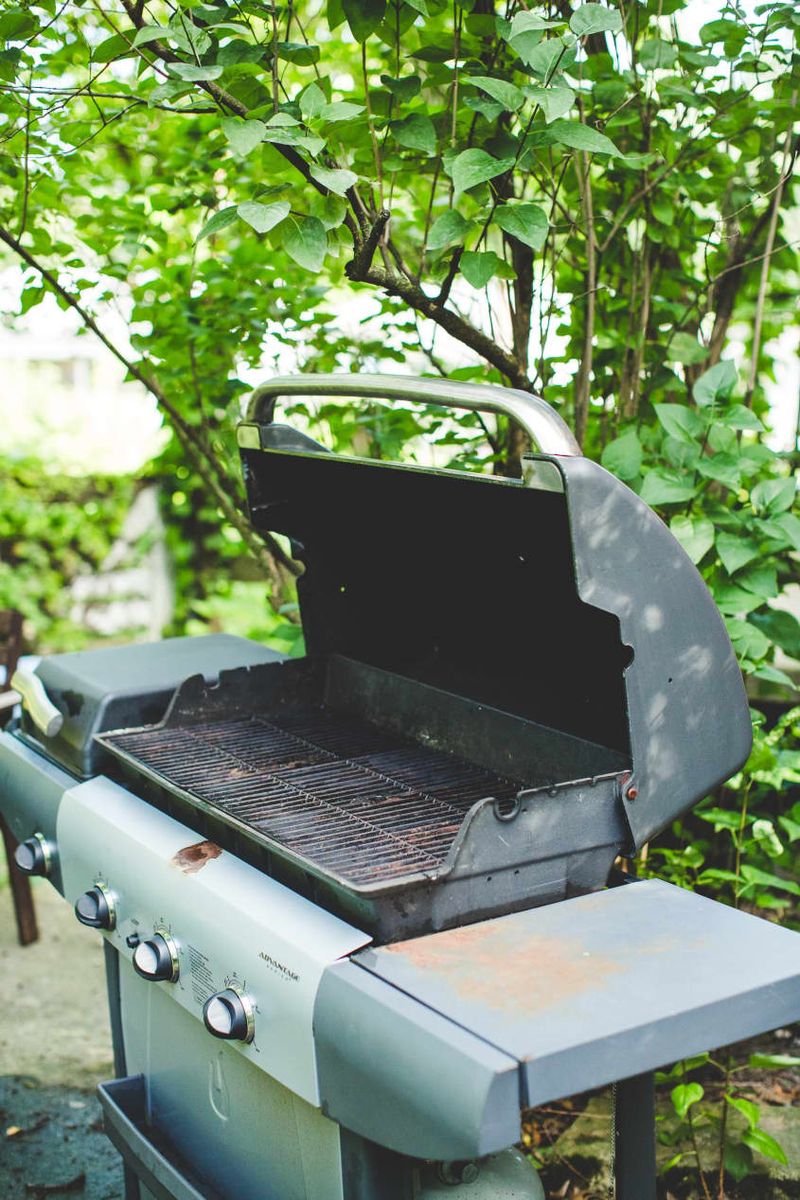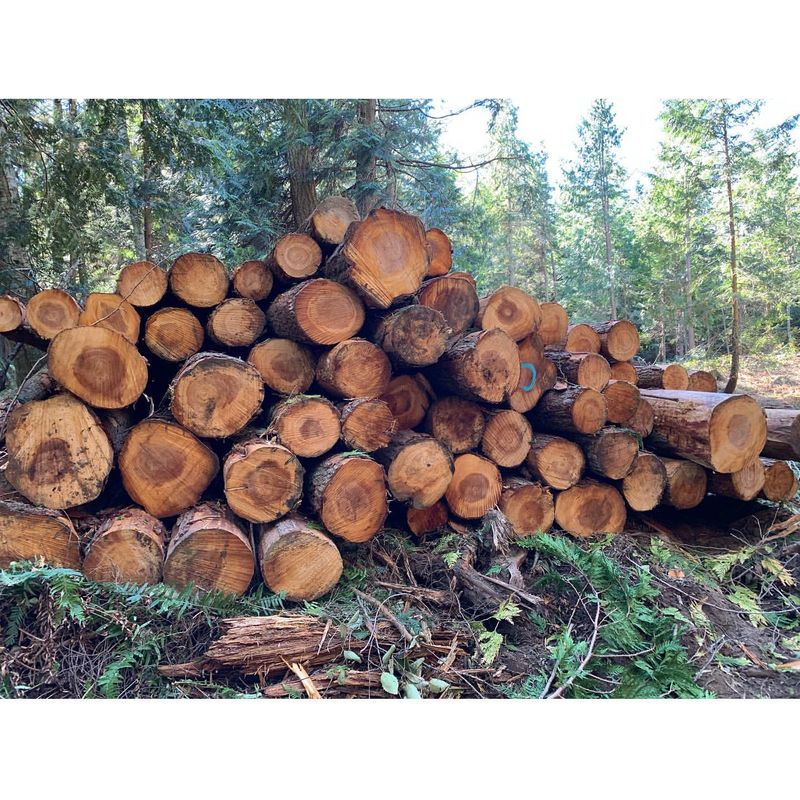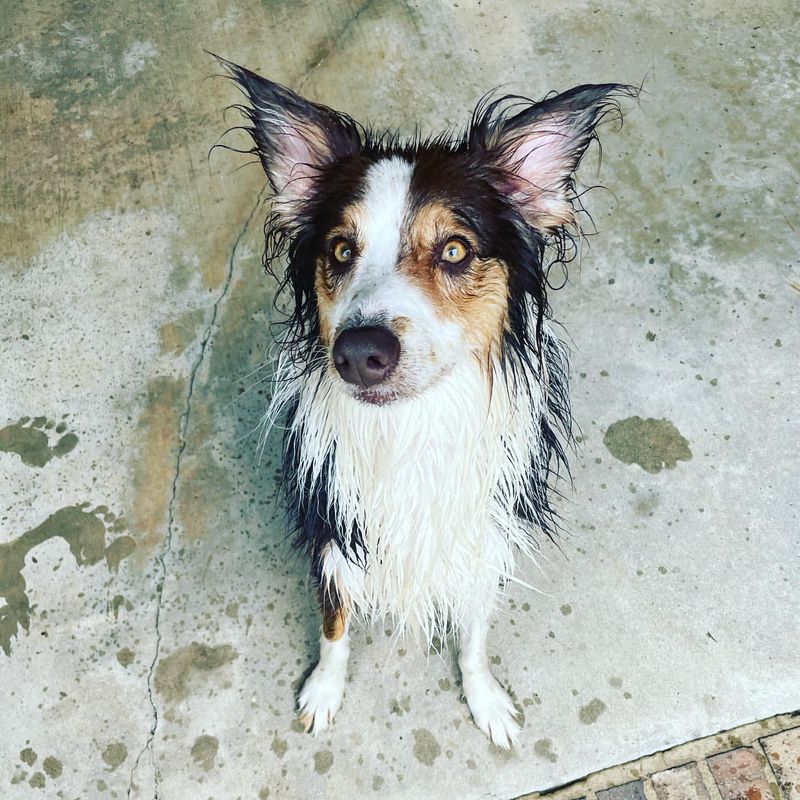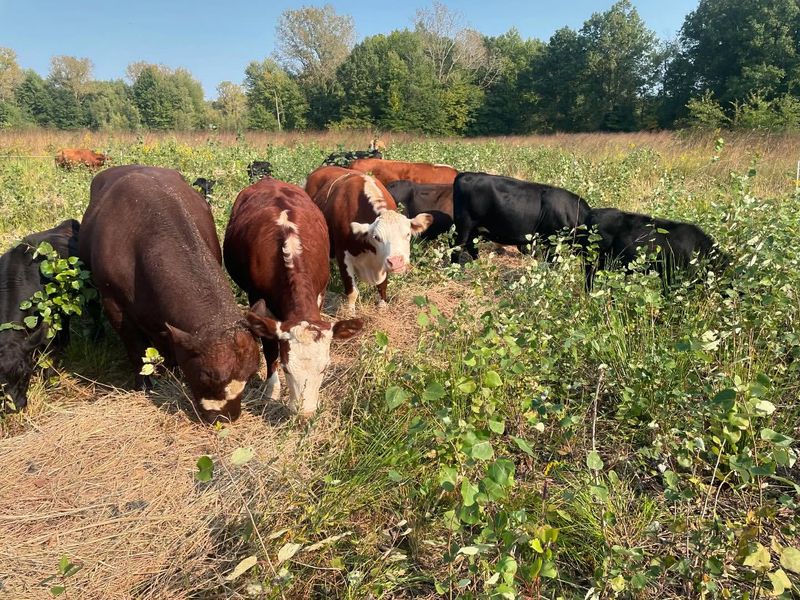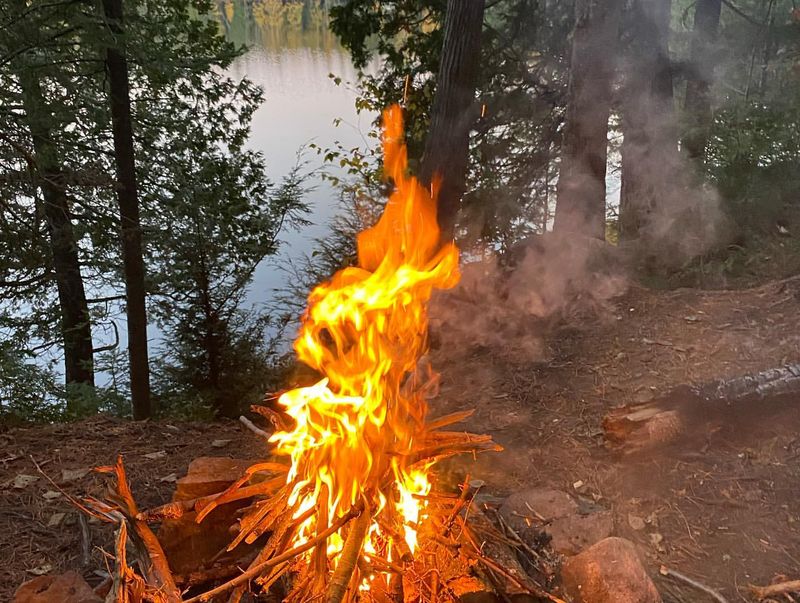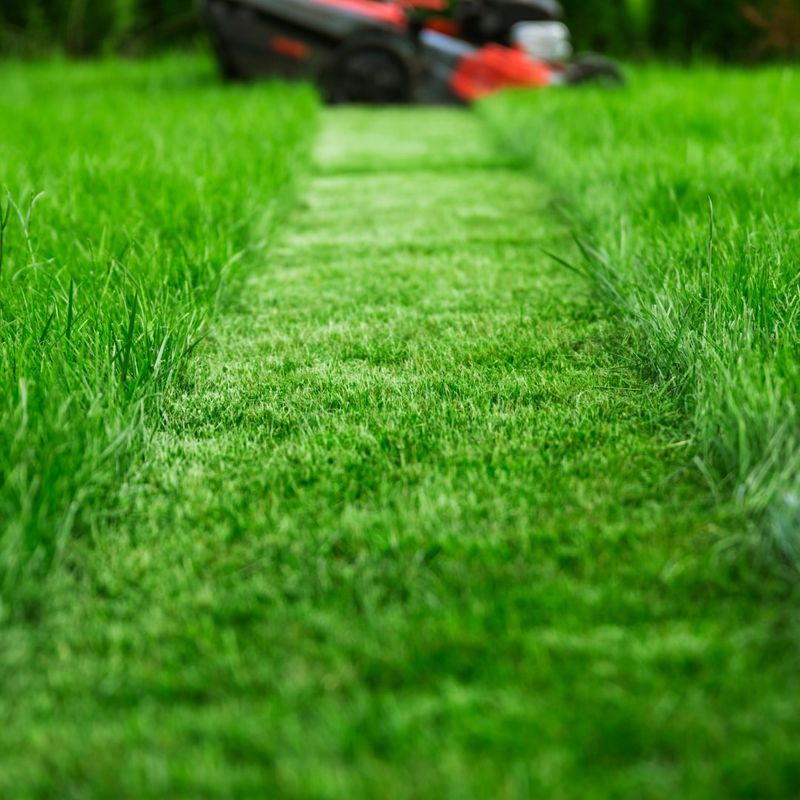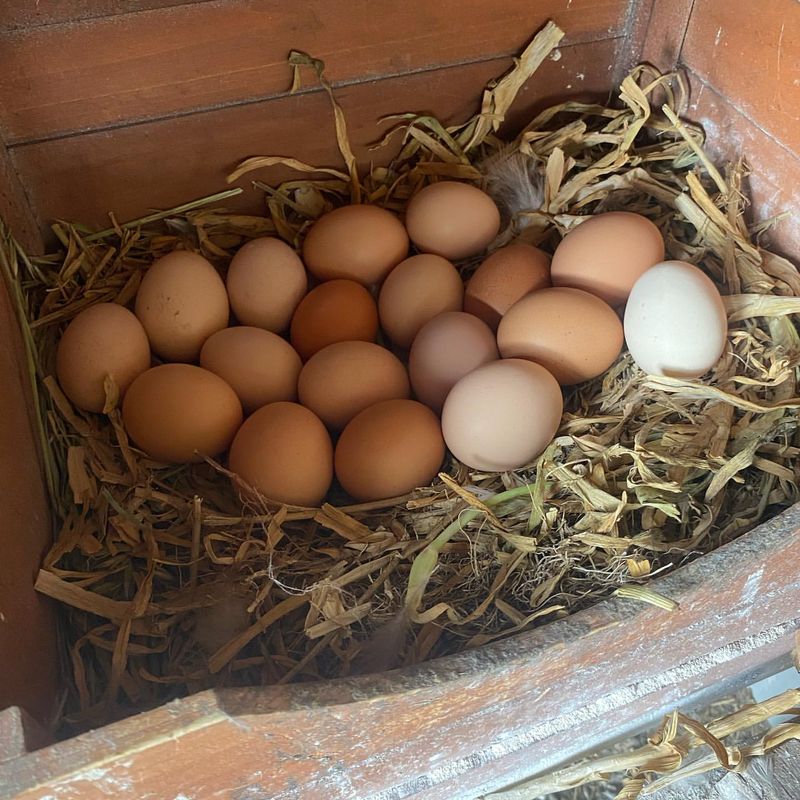Coyotes, known for their adaptability and curiosity, are increasingly found in suburban and urban areas. A variety of smells can attract them to your yard, often leading to unexpected encounters.
From food aromas to natural scents, understanding what lures these animals can help homeowners manage and prevent potential disturbances. Here, we explore the top 25 scents that tempt coyotes into residential areas.
1. Food Scraps
Coyotes are opportunistic feeders, and the smell of food scraps can be irresistible. Leftover fruits, vegetables, and especially meats are major attractors. These animals have a keen sense of smell and can detect food from afar.
Keeping your yard clear of food waste is a simple yet effective way to deter them. Compost bins and garbage cans should be secured to prevent coyotes from getting a free meal. By minimizing leftover food smells, you can reduce the likelihood of inviting these wild canines into your space.
2. Pet Food
Leaving pet food outside is akin to rolling out the red carpet for coyotes. The aroma of kibble or wet pet food can travel long distances, drawing coyotes in search of an easy meal. It’s essential to feed pets indoors and store their food securely.
If feeding outside is necessary, remove any leftovers immediately. By ensuring pet food smells are contained, you can significantly decrease the chances of coyotes being attracted to your yard.
3. Unsecured Trash
Overflowing or unsecured trash cans are a buffet for coyotes. The mixture of food waste and other odorous materials acts as a beacon. Coyotes can easily knock over bins to access the contents.
To mitigate this, use sturdy cans with secure lids and avoid leaving them out overnight. Regularly cleaning and deodorizing bins can also help. By managing trash effectively, you minimize one of the most common attractants for coyotes.
4. Bird Seed
The area around bird feeders can attract more than just feathered visitors. Coyotes are often drawn to the small animals, like rodents, that gather there, as well as the fallen seeds themselves.
To minimize this, regularly clean the area beneath feeders and consider seed types that are less likely to attract unwanted wildlife. Elevating feeders and using seed catchers can also help. Managing bird seed effectively can keep curious coyotes at bay.
5. Barbecue Grills
The enticing aroma of a recently used grill can lure coyotes from considerable distances. Grease and food remnants left behind are particularly attractive. Cleaning grills thoroughly after use and ensuring no food is left out can deter these visitors.
Consider storing grills covered when not in use to minimize lingering scents. By keeping barbecue areas clean, you can prevent coyotes from associating your yard with a free feast.
6. Rotting Fruit
Fallen and rotting fruit offers both a food source and a potent aroma that attracts coyotes. Fruit trees in yards can become unintended lures if overripe produce is left on the ground.
Regularly harvesting and disposing of fallen fruit can help. Composting should be done cautiously, ensuring smells are contained. By managing fruit trees and disposal, you reduce the risk of attracting coyotes.
7. Outdoor Pet Waste
The scent of feces, particularly from dogs, can draw them in. Regularly cleaning up after pets is essential to keep these smells from lingering. Using odor-neutralizing products can further help manage scents.
By maintaining a clean yard, you discourage coyotes from taking interest in your space.
8. Compost Piles
The decomposition of organic matter like fruits, vegetables, and eggshells produces appealing scents. Ensuring compost bins are properly sealed and regularly turned can help minimize odors.
Using enclosed composters can also prevent access. By controlling compost smells, you can avoid inviting coyotes into your yard.
9. Leftover Barbecue Bones
The scent of cooked meat is a strong lure, and bones can be scavenged from trash. It’s crucial to dispose of bones in sealed bags and secure bins.
Consider using bone disposal methods that reduce odors, such as freezing until trash day. By managing barbecue leftovers carefully, you lessen the likelihood of attracting coyotes.
10. Open Sheds with Animal Feed
Animal feed stored in open sheds can emit strong aromas that entice coyotes. Feeds for livestock or pets, if not stored securely, provide an easy target. Ensuring sheds are closed and feed is kept in airtight containers can prevent access.
Regularly checking for signs of tampering can also help. By securing animal feed, you can deter coyotes from seeing your yard as a feeding ground.
11. Garden Vegetables
The smell of vegetables like tomatoes and cucumbers can draw them in. Regular harvesting and using fencing to protect gardens are effective deterrents.
Consider companion planting with herbs that repel coyotes. By managing your vegetable garden wisely, you reduce the risk of attracting unwanted wildlife.
12. Fish Ponds
The smell of water and fish, along with potential prey like frogs, can entice these predators. Ensuring ponds are deep and have covers can deter access.
Landscaping around ponds to limit visibility can also help. By securing fish ponds, you make your yard less appealing to coyotes.
13. Outdoor Cooking Areas
The lingering smell of cooked food and grease is a strong lure. Regularly cleaning and maintaining these areas can prevent scents from building up.
Consider using covers or storing appliances when not in use. By keeping outdoor cooking spaces tidy, you reduce the risk of coyotes visiting your yard.
14. Scented Candles
The sweet or savory scents can pique their curiosity, leading them closer to your home. Using unscented candles or storing scented ones indoors can help.
If using outdoors, ensure candles are extinguished when not needed. By managing the use of scented candles, you can avoid drawing coyotes to your space.
15. Perfumed Laundry Detergents
The scent of perfumed laundry detergents can linger on clothes hung outside, attracting coyotes. Fresh, floral, or fruity scents are particularly enticing.
Drying clothes indoors or using unscented detergents can minimize this risk. By being mindful of laundry practices, you can prevent coyotes from being drawn to your yard.
16. Herb Gardens
Gardens with aromatic plants can unintentionally draw coyotes, as strong scents can pique their curiosity. Herbs like basil, mint, and rosemary are particularly appealing.
Using fencing or companion planting with less aromatic herbs can help. Regularly harvesting herbs to prevent strong smells from accumulating is also effective. By managing herb gardens carefully, you can reduce coyote attraction.
17. Fallen Leaves with Moisture
Smells of fallen leaves can mimic natural prey environments. Regularly raking and disposing of leaves can minimize this attraction. Using leaf barriers or mulching can also help manage scents.
By keeping your yard tidy, you lessen the chance of coyotes finding it appealing.
18. Unattended Beehives
Coyotes may see beehives as a food source. Ensuring hives are secure and regularly monitored can prevent tampering. Using hive stands and barriers can deter access.
By managing beehives properly, you keep coyotes from seeing them as an easy target.
19. Uncleaned Barbecue Utensils
Barbecue utensils left uncleaned can emit strong food scents that attract coyotes. Residue from cooked meats and marinades is particularly appealing.
Regularly cleaning utensils and storing them indoors can help. Using covers or sealed containers for storage is also effective. By keeping barbecue tools clean, you prevent coyotes from being drawn to your yard.
20. Wood Piles
The smell of decaying wood and creatures within can be enticing. Storing wood off the ground and away from the house can reduce attraction.
Using covers to limit exposure is also helpful. By managing wood piles, you can deter coyotes from exploring your yard.
21. Wet Dog in Yard
The combination of wet fur and residual shampoos can be particularly enticing. Ensuring dogs are dried thoroughly after baths or swims can minimize this.
Using unscented shampoos can further help. By managing pet hygiene, you reduce the risk of attracting coyotes to your yard.
22. Unsecured Livestock Areas
The scent of animals and their feed can be a strong lure. Ensuring fences are intact and using secure enclosures can help.
Regularly checking for breaches and securing feed are important. By managing livestock areas carefully, you prevent coyotes from seeing them as a food source.
23. Unattended Campfires
The aromas of burnt wood and food remnants can attract coyotes, drawing them in out of curiosity, especially in outdoor settings.
Ensuring fires are fully extinguished and cleaning up food remnants can deter them. Using fire pit covers can also help manage scents. By being cautious with campfires, you reduce the likelihood of attracting coyotes to your yard.
24. Freshly Cut Grass
The smell of freshly cut grass can attract coyotes. The scent mimics natural environments where small prey might be found.
Regularly bagging clippings and using odor-neutralizing products can help. Ensuring clippings are composted or disposed of properly prevents buildup. By managing lawn care, you minimize coyote attraction.
25. Uncollected Eggs
The smell of eggs, especially if broken, is a strong lure. Regularly collecting eggs and ensuring coops are secure can prevent access.
Using odor-neutralizing products can help manage scents. By keeping egg smells contained, you can avoid drawing coyotes to your yard.

